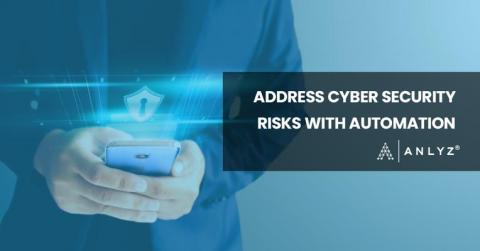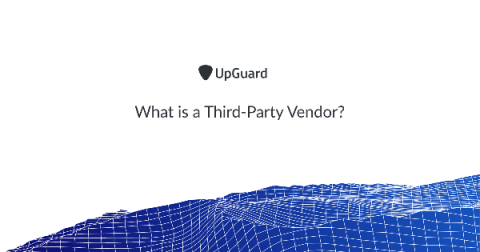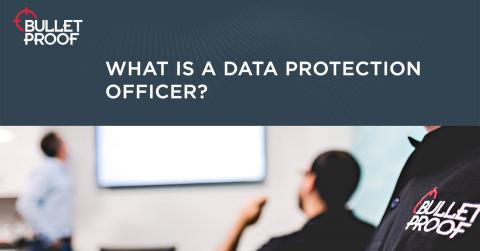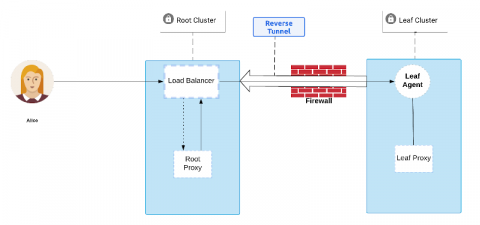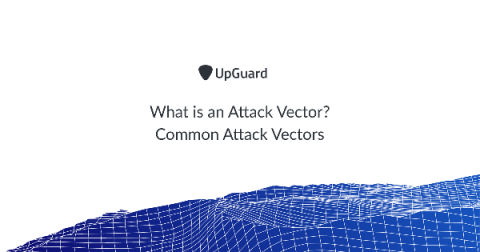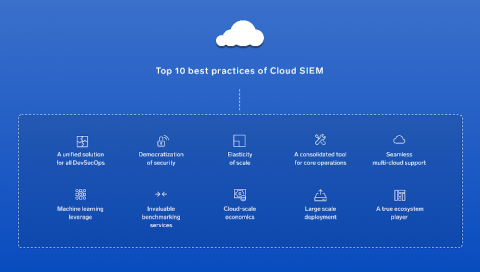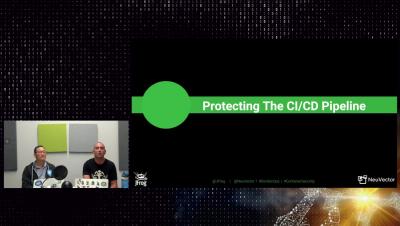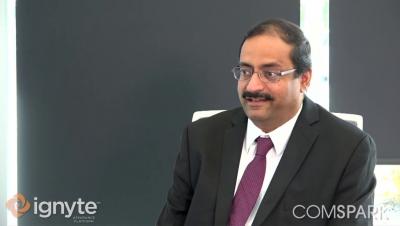Address Cyber Security Risks With Automation
Despite what enterprises may like to believe, the fact is that cybersecurity is not a technology problem but an inside threat that often arises due to preventable human errors. We thus need to bring people into discussion, creating awareness among them on an individual level urging each one to act more responsibly. What we need is cybersecurity culture that thrives on automation and artificial intelligence.


